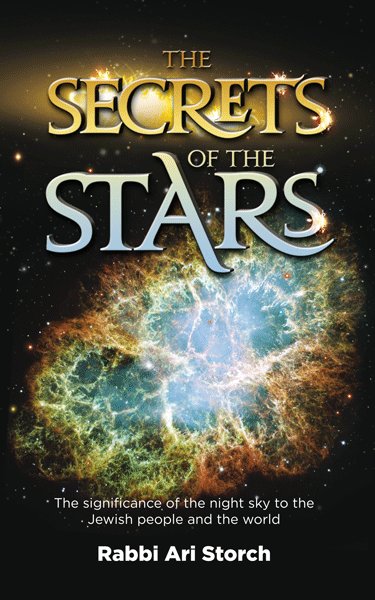As we are all familiar with, there are four seasons that we experience on Earth; spring, summer, autumn, and winter. Spring and autumn begin on the vernal and autumnal equinoxes, and summer and winter begin on the summer and winter solstices. In rabbinic literature all four of these days are referred to as Tekufos.
Each Tekufah is called by the name of the month in which it usually occurs. Therefore, spring starts on Tekufas Nissan, summer on Tekufas Tammuz, autumn on Tekufas Tishrei, and winter on Tekufas Teves. There is an old custom to pour out any water that was in a vessel during the time of the Tekufah. Many reasons are given to explain the source of this custom (with some maintaining that it is not a valid custom), and one of the reasons given is that water turned to blood on these four days in specific times of our history. Therefore, it is harmful for one to drink water on these days.
On Tekufas Nissan the waters of Egypt turned to blood during the first of the Ten Plagues. On Tekufas Tammuz water turned to blood when Moshe Rabbeinu hit the rock, on Tekufas Tishrei the knife to be used to slaughter Yirzchak began sweating blood. On Tekufas Teves, Yiftach was forced to fulfill his vow to offer his daughter as a sacrifice thus causing bloodshed.
Interestingly enough, all four events are alluded to in this week's readings. Perhaps this is due to the fact that Parshas Chukas is often read around the time of one of these tekufos (a subject to be dealt with IY"H in another post this week). The reference to the hitting of the rock is clear with the event being recorded in this week's Parsha (although certain obscure Midrashim do assume that the event mentioned is actually the hitting of the rock found in Beshalach. See here for a discussion of this phenomenal Midrash.)
The tekufah of Nissan is referenced by the Torah's inclusion of the death of Miryam in this week's Parsha. This event happened on 1 Nissan which is a good reference to Tekufas Nissan. Tekufas Tishrei can be found be the discussion of the Parah Adumah. The Ramban teaches us that Parah Adumah and the sacrificial offerings of Yom Kippur were extremely similar in nature and meaning. Both were taken out of the Beis HaMikdash and give the appearance of idol worship. Thus, the allusion to Yom Kippur which is normally at the beginning of autumn can be seen in the beginning of the Parsha. The allusion to Tekufas Teves actually occurs in the Haftarah. In the Haftarah we are taught of the story of Yiftach and it includes the promise made by Yiftach (although I concede that it stops short of mentioning how his daughter became designated as the sacrifice; also due to this Shabbos being 30 Sivan the regular Haftarah will not be read and we will read the Haftarah for Rosh Chodesh).
Subscribe to:
Post Comments (Atom)


No comments:
Post a Comment